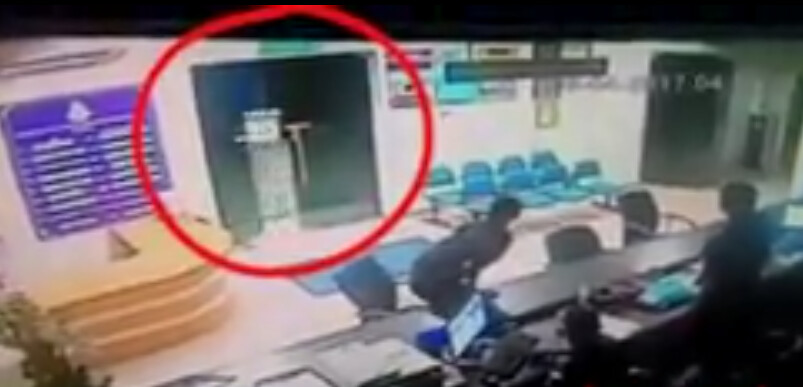The Civilisation unearthed.For the 2nd time within the same area, the Malaysian archaeologists have discovered atleast 30 ancient mounds, comprising structures like houses, clay brick walls & a Metal Workshsop dating back to approximately 1700 years ago. All of these discovered within a 3 square Kilometer area in a district called Merbok in the state of Kedah (in Malaysia). The previous excavation was at the foothill of Mount Jerai which uncovered structures, "chandi" and statues which could be described as principally religious in nature. Now, it is revealing some tell-tales of the lifestyles and activities of the people of that period.
Bujang Valley (Lembah Bujang)
The Bujang Valley is a sprawling historical site located in the foothills of Gunung Jerai. It is the richest archaeological area in Malaysia. Archaeological research indicates that an ancient Hindu-Buddhist kingdom ruled here as early as 300 AD. Relics of the kingdom found at the site and now on display at the Archaeological Museum include inscribed stone caskets and tablets, metal tools and ornaments, ceramics, pottery, and Hindu icons. More than fifty ancient tomb temples, called candi, have also been unearthed, many of which were built during the Bujang Valley civilization's heyday. Near the most impressive and well-preserved of these, in Pengkalan Bayang Merbok, is the Bujang Valley Archaeological Museum. It is open from 9.30am-5pm daily.
Gunung Jerai
Gunung Jerai (1,200 meters) is the highest spot in the northern region of Peninsular Malaysia, and as such it has for millennia served as a landmark for seafaring traders. Myths and legends concerning this peak abound. One is of a 'king with fangs' who resided at the foothills of the mountain in the Bujang Valley, now known to be the site of Kedah's ancient kingdom.
These discoveries are pointing towards a new evidence that the "Bujang Valley civilisation" existed long before neighbouring empires such as Majapahit (1200 AD) and Sri Vijaya (700 AD). Research is being carried out by the University of Science, Malaysia (USM) to determine how advanced is this little known civilisation, known by various names such as "Kadaram", "Kidaram" or "Kataha".
What remains now to be seen are some remnants of this ancient society which includes temples, tablets and drainage channels which have been found across more than 300 sq km surrounding the "Gunung Jerai" (means Mount Jerai) which happens to be the highest peak in Peninsular Malaysia located at the northern region.
Metal Workshop?The archaeologists found a metal-smelting workshop replete with a network of furnace nozzles which was unearthed in an oil palm plantation in "Sungai Batu" (means Stone River). The system of metallurgy found here similarly resembles the techniques used in ancient India. There were also like ceramics, pots, bracelets and beads. "This is the first time that an advanced metal industry from such a period has been confirmed to have existed in this region",says Associate Prof Dr. Mokhtar Saidin from the Centre for Global Archaeological Research (CGAR) from the USM. He points out that they are gradually uncovering the remaining mounds which requires a lot of patience.
What pleases me is that the research is being conducted with a RM2.3 million ringgit. The CGAR is planning to develop the area into a heritage park with guided trail for the visitors. I am glad that money is being put to a worthy issue rather than on war. Just like the Lemuria or Kumari Kandam which has much story to tell, we hope it will be the same when the process of excavation is over.
Read more:
http://www.iht.com/articles/ap/2009/03/06/asia/AS-Malaysia-Ancient-Find.php
The Previous Excavation Success(Just a sample of 2 photos)
Photo below: A seated Bodhisatva
Photo below: Figure of a Lady Dancer

4 comments:
In the Southern Thailand, most of the remnants of the Langkasuka have been made on the east coast of the Malay Peninsular, specially in the Pattani region of South Thailand. It's port was used for trading between Indian and Chinese merchants through possible inland routes of isthmus of Kra.
The Langkasuka period was between 100 AD to 1400s.
During the Lankasuka period also there was the Funan regime where the pre-Angkor kingdom of the Khmers, Funan was an important trading port where ancient materials from the Romans, Indians, and Chinese have been unearthed in modern day excavations. This kingdom was later overthrown by it's vassal state of Chenla.
Locals who eye-witnessed the excavation claim that there were much more artifacts and gold but no one knows where they have taken them.
You are definitely right
Post a Comment